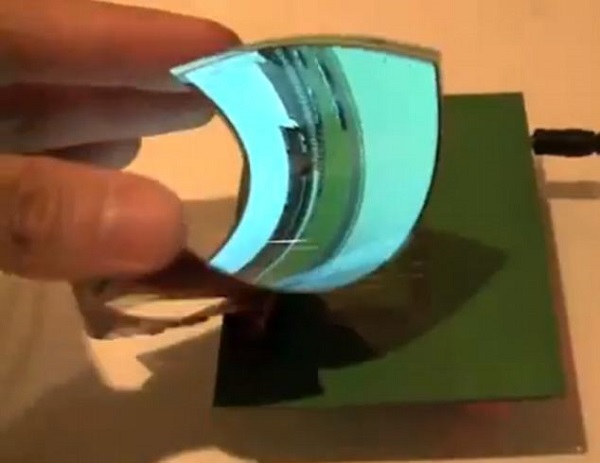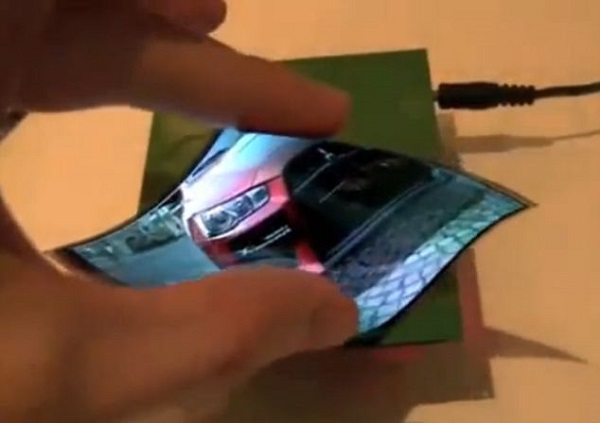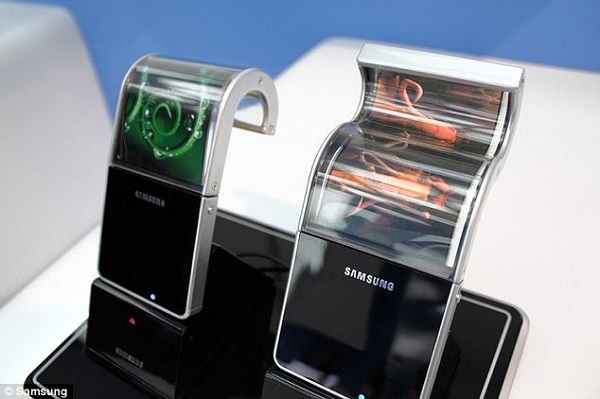If all smartphones look the same to you, wait till Samsung launches next year its new range of devices with flexible, bendable and foldable displays.
Samsung must have felt that bumping up the specs is not enough for getting distinguished from all the other smartphone manufacturers. Design certainly plays a major role in this story, but just making the edges round or sharp will not do. The South Korean company had to come with something unseen that would confirm once again its position of major innovator. Even though Japan’s Sony and South Korea’s LG Displays are also working on flexible OLED displays, Samsung is the first company to announce the implementation of these into mass produced smartphones.

This is not the first time I hear of a foldable AMOLED display made by Samsung. However, the company announced that these products are closely approaching the final stages of development. In other words, smartphones featuring bendable, foldable and stretchable displays may be manufactured and available on the market as soon as the first half of the next year. As in the early stages, the breakthrough could not be made without organic light-emitting diodes (OLEDs) that are thin enough to be put in plastic or metal foils. In such a scenario, attributes like bendable and foldable are not far-fetched at all, but I’m really curious about how the company is going to achieve the “stretchable” part.

In an interview for Tech News World, Vinita Jakhanwal, director of mobile and emerging displays and technology at IHS Electronics and Media, declared: “Flexible AMOLEDs can help Samsung differentiate its products in a smartphone market where most products offer similar products and functionality. Even if Samsung were not able to able able to commercialize flexible screens straight away, making their screens out of plastic rather than glass would make their devices lighter, more durable and cheaper than rivals.”

It will also be interesting to see whether Samsung decides to implement such as display into its upcoming flagship, the Galaxy S4. Knowing that plastic and metal respond differently to physical shocks than glass, choosing such a display for the company’s best smartphone would be the logical thing to do. Especially since the S3 didn’t perform that well in the extreme tests seen on YouTube, particularly in comparison to the iPhone 5. It remains to be seen what phones will Samsung choose for introducing these innovative displays.
If you liked this post, please check the early phases of Samsung’s foldable AMOLED display and LG’s 47″ transparent display.










